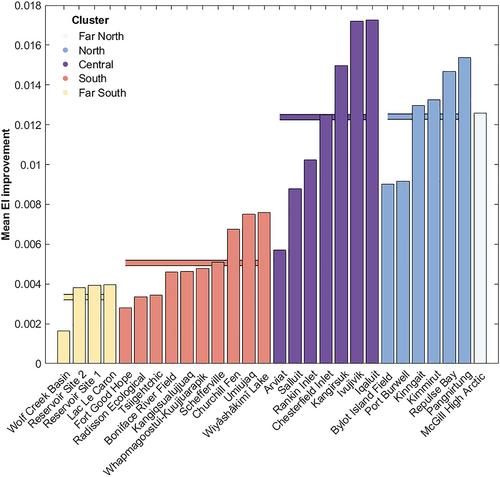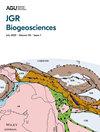High-Latitude Eddy Covariance Temporal Network Design and Optimization
Abstract
Ecosystems at high latitudes are changing rapidly in response to climate change. To understand changes in carbon fluxes across seasonal to multi-decadal timescales, long-term in situ measurements from eddy covariance networks are needed. However, there are large spatiotemporal gaps in the high-latitude eddy covariance network. Here we used the relative extrapolation error index in machine learning-based upscaled gross primary production as a measure of network representativeness and as the basis for a network optimization. We show that the relative extrapolation error index has steadily decreased from 2001 to 2020, suggesting diminishing upscaling errors. In experiments where we limit site activity by either setting a maximum duration or by ending measurements at a fixed time those errors increase significantly, in some cases setting the network status back more than a decade. Our experiments also show that with equal site activity across different theoretical network setups, a more spread out design with shorter-term measurements functions better in terms of larger-scale representativeness than a network with fewer long-term towers. We developed a method to select optimized site additions for a network extension, which blends an objective modeling approach with expert knowledge. This method greatly outperforms an unguided network extension and can compensate for suboptimal human choices. For the Canadian Arctic we show several optimization scenarios and find that especially the Canadian high Arctic and north east tundra benefit greatly from addition sites. Overall, it is important to keep sites active and where possible make the extra investment to survey new strategic locations.


 求助内容:
求助内容: 应助结果提醒方式:
应助结果提醒方式:


